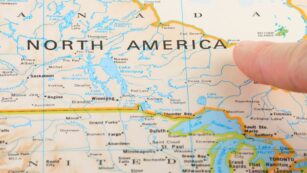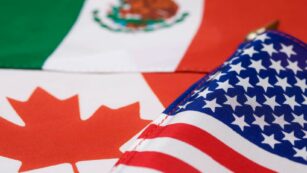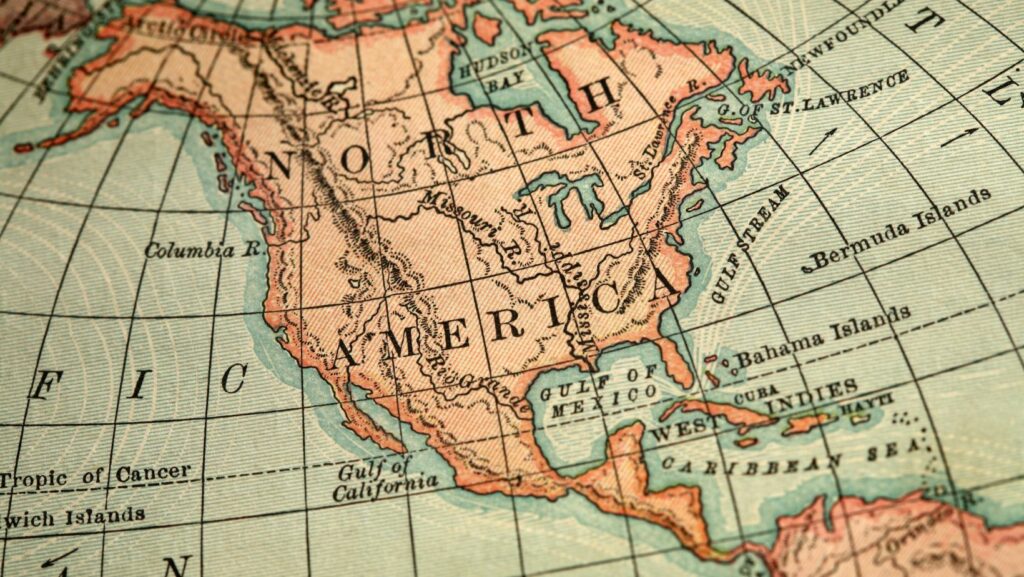North America, a continent brimming with diversity, offers a fascinating tapestry of cultures, landscapes, and histories. From the icy expanses of Canada to the tropical allure of Central America, this region boasts a rich blend of natural wonders and vibrant cities. Whether it’s the towering Rockies or the bustling streets of New York City, North America captivates with its unique charm and endless opportunities for exploration.
The continent’s dynamic economic landscape is equally compelling, driven by innovation and a robust market. North America is home to some of the world’s largest economies and a thriving hub of technological advancements. This economic powerhouse plays a crucial role in global trade and industry, making it an influential player on the world stage. As one delves deeper, the intricate tapestry of North America’s cultural and economic significance unfolds, revealing a region that continues to shape and be shaped by the global community.
Outline:ir7n7756zkw= North America
North America hosts a multitude of environments and weather conditions, making it a region rich in natural diversity. These elements shape its unique geographic and cultural identity.
Diverse Landscapes and Climate Variations
 North America’s landscapes range from the Arctic tundra in Canada to the tropical beaches of Mexico. The Rocky Mountains span the western United States and Canada, providing dramatic views and outdoor activity opportunities. The Great Plains, stretching across the central U.S., contrast with the dense forests of the Pacific Northwest. Coastal regions like Florida and California feature sandy beaches and sunny bays, making them popular tourist destinations.
North America’s landscapes range from the Arctic tundra in Canada to the tropical beaches of Mexico. The Rocky Mountains span the western United States and Canada, providing dramatic views and outdoor activity opportunities. The Great Plains, stretching across the central U.S., contrast with the dense forests of the Pacific Northwest. Coastal regions like Florida and California feature sandy beaches and sunny bays, making them popular tourist destinations.
Climatic diversity in North America includes arctic regions with frigid winters and subtropical areas offering warm, humid conditions. Northern Canada experiences extreme cold and long winters, while the U.S. Midwest sees hot summers and cold winters. The West Coast, influenced by the Pacific Ocean, has milder climates year-round. In Mexico, tropical zones support lush vegetation, with notable rainy and dry seasons shaping ecosystems.
Cultural Richness Of North America
Indigenous Peoples And Heritage
 Indigenous peoples in North America, such as the Navajo, Haudenosaunee, and Maya, have rich cultural legacies that continue to influence the continent. Their traditions, languages, and arts remain integral to their communities, reflecting a deep connection to the land. Many indigenous cultural practices, like storytelling and craftsmanship, are preserved through generations, highlighting resilience and continuity.
Indigenous peoples in North America, such as the Navajo, Haudenosaunee, and Maya, have rich cultural legacies that continue to influence the continent. Their traditions, languages, and arts remain integral to their communities, reflecting a deep connection to the land. Many indigenous cultural practices, like storytelling and craftsmanship, are preserved through generations, highlighting resilience and continuity.
Immigration has significantly impacted North American culture, contributing to the continent’s multicultural fabric. With large immigrant populations from Europe, Asia, Africa, and Latin America, metropolitan areas like Los Angeles and Toronto showcase this diversity. Immigrants introduce culinary specialties, festivals, and artistic expressions that enrich societal norms. This cultural fusion creates vibrant communities with distinct characteristics unified under a shared North American identity.
Economic Landscape
North America plays a crucial role in the global economy, driven by its diverse industries and robust trade networks. Its economies display varying degrees of industrialization and innovation.
Major Industries
 Key industries span technology, automotive, energy, finance, and agriculture. Technology hubs like Silicon Valley in California lead innovations in software and electronics. The automotive industry in Detroit emphasizes automobile manufacturing and innovation. Energy production remains significant, with the United States and Canada being major oil and natural gas producers. Agriculture thrives in regions such as the Midwest US, contributing significantly to global food supplies.
Key industries span technology, automotive, energy, finance, and agriculture. Technology hubs like Silicon Valley in California lead innovations in software and electronics. The automotive industry in Detroit emphasizes automobile manufacturing and innovation. Energy production remains significant, with the United States and Canada being major oil and natural gas producers. Agriculture thrives in regions such as the Midwest US, contributing significantly to global food supplies.
North America’s trade relationships impact global markets. The United States-Mexico-Canada Agreement (USMCA) facilitates major trade between the three nations, strengthening economic ties. Additionally, North America maintains vital trade links with Asia and Europe, exchanging goods and services. These connections enhance economic growth and reinforce its position in the global economy.
Political Overview
 North America’s political landscape is as diverse as its cultural and geographical features. The continent is home to a range of political systems, from the democratic structures of the United States and Canada to the varied governmental frameworks in Central America. These systems play a crucial role in shaping the continent’s policies and international relations. North America’s political influence extends globally, with its countries actively participating in international organizations and agreements. This political diversity, alongside its economic and cultural strengths, underscores North America’s significance on the world stage, contributing to its dynamic and multifaceted identity.
North America’s political landscape is as diverse as its cultural and geographical features. The continent is home to a range of political systems, from the democratic structures of the United States and Canada to the varied governmental frameworks in Central America. These systems play a crucial role in shaping the continent’s policies and international relations. North America’s political influence extends globally, with its countries actively participating in international organizations and agreements. This political diversity, alongside its economic and cultural strengths, underscores North America’s significance on the world stage, contributing to its dynamic and multifaceted identity.

